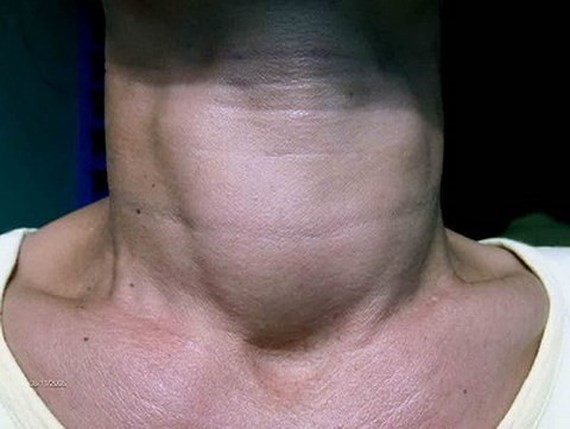
The National Hospital of Endocrinology’s survey from 2013 to 2014 showed that the goiter rate of kids aged 8-10 was 9.8 percent and the rate of household consuming iodized salt was 60 percent nationwide.
Meanwhile, the Iodine Global Network ranks Vietnam on the list of 19 countries with iodine deficiency. It is estimated that 75 percent of the iodide taken into the body each day by active transport while just 15 percent into the body is direct salt; accordingly, these countries don’t use iodine salt in cooking will have iodine deficiency
The recommended dietary allowance of iodine is 90-120 mcg/day for children aged 1 to 11 years old and 150 mcg/day for adults and adolescents.
Mr. Tuyen said before the mandatory iodine-added program from 1994 to 2005 brought good results in the strategy to provide iodine for people. The coverage of household iodized salt consumption was 93 percent nationwide in 2005-2006.
The program helped to reduce the goiter rate among children and coverage rate rose to satisfy the World Health Organization’s requirements.
However, the program was canceled so the coverage rate dropped. Therefore, Mr. Tuyen warned people to add iodine in their daily meals. Additionally, firms should add iodine into food to improve iodine consumption
According to experts, iodine deficiency can affect stature growth, brain development, productivity. Severe iodine deficiency during pregnancy is a known cause of cretinism and mental retardation.
























